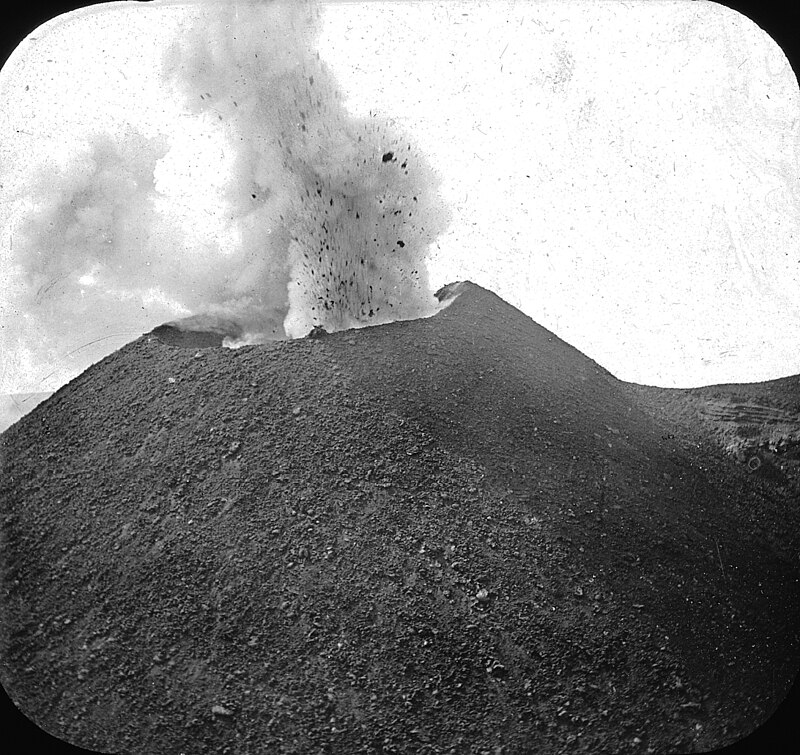On November 12, 1867, Mount Vesuvius, a 25,000-year-old volcano on the Gulf of Naples in Italy, erupted. This volcano, most famous for its catastrophic eruption in 79 A.D. that obliterated Pompeii, has erupted over 30 times since- each event leaving a unique mark on history.
This eruption began when the volcanic crater opened in February 1864. Small explosions threw debris into the volcano’s center. Lava was observed flowing into the crater in 1866, and in 1867 the lava flow noticeably quickened. Constant tremors began on November 8.
November 12, 1867, began a period of high activity within the enormous eruption. Lava fountains and volcanic rock spewed from the top of Mount Vesuvius. By November 15, lava had filled the 120-meter-deep crater. From November to February, lava flowed down the volcano’s southeast side. March 1868 saw earthquakes, ash emissions, and a fracture in the southeast flank. The overall eruption finally ended after a lava outflow on November 8, 1868.
Volcanic explosiveness is scientifically measured using the Volcanic Explosivity Index (VEI). This index, which rates eruptions between 0 and 8, with each increase representing ten times more volume of erupted material, provides a comprehensive understanding of a volcano’s power. For instance, the 1867 eruption of Mount Vesuvius had a VEI of 2, while the eruption that buried Pompeii had a VEI of 5.
Mount Vesuvius’s last eruption was in March 1944, with a VEI of 3. Despite being in a quiescent phase for 79 years, the longest being 131 years, it’s still considered an active volcano. Due to its historical impacts, the ongoing study of Mount Vesuvius makes it one of the planet’s most relevant and important volcanos.

